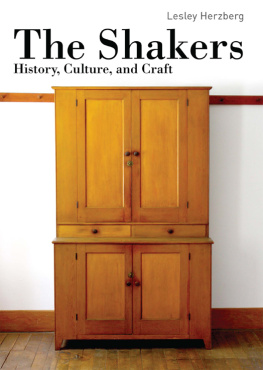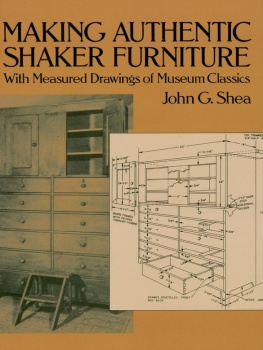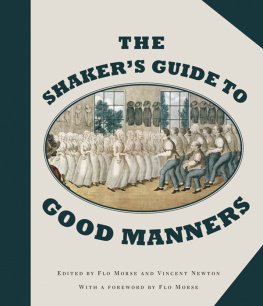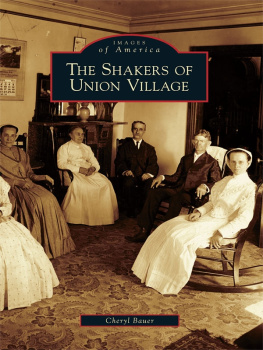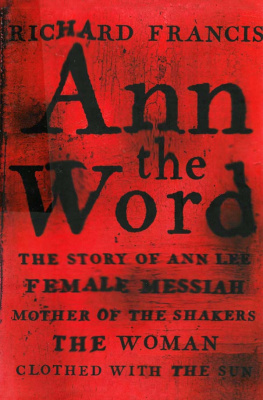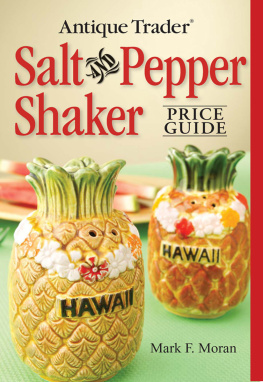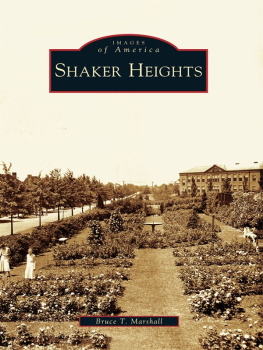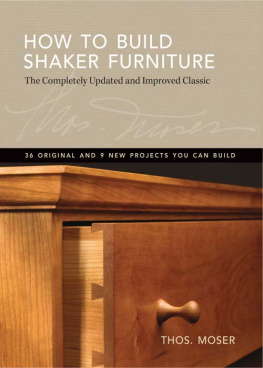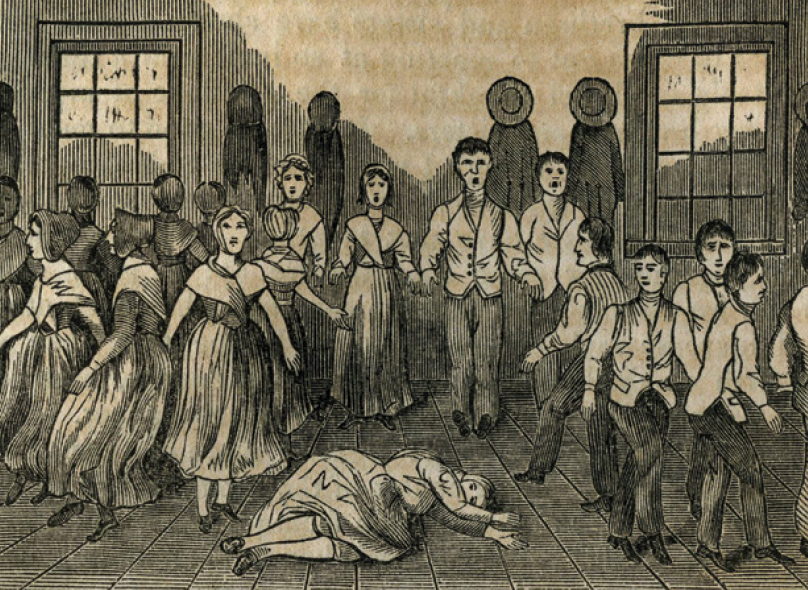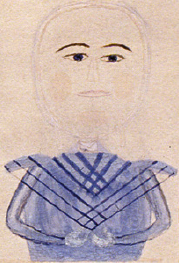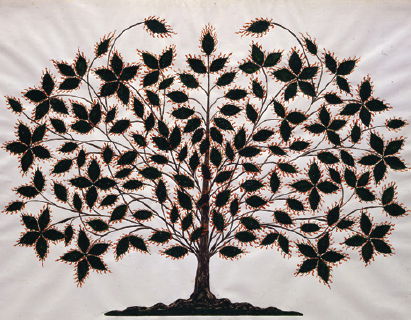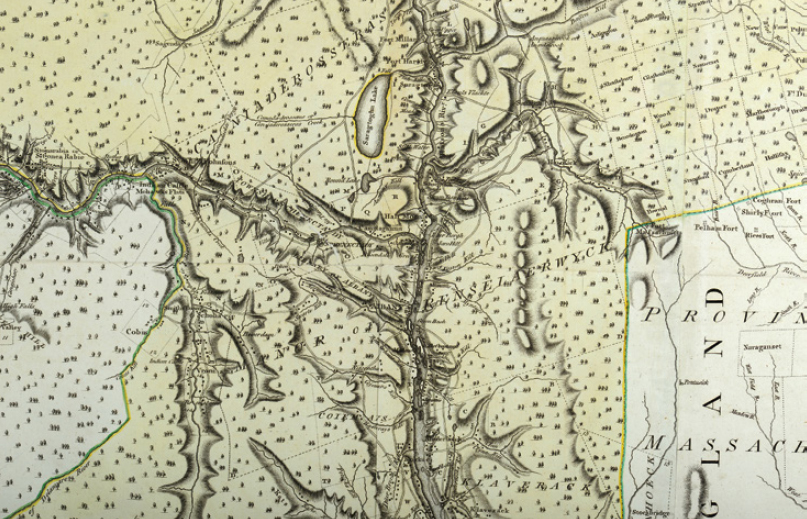THE SHAKERS
HISTORY, CULTURE, AND CRAFT
Lesley Herzberg
Curator, Hancock Shaker Village
CONTENTS
THE ORIGINS OF THE SHAKERS
T HE RELIGIOUS GROUP known as the Shakers arrived in America in 1774. Their proper name is the United Society of Believers in Christs Second Appearing, or Believers for short. Their story, however, begins in England with a charismatic woman and her unfailing belief that God spoke directly and clearly to her.
Ann Lee was an illiterate factory worker in the industrial city of Manchester. Born on February 29, 1736, she and her family lived a working-class life on Toad Lane. She had a deeply religious mother and a father who was a blacksmith by trade. At a young age, Ann showed herself to be spiritually advanced: she had visions and communicated with God. She was forced to marry her fathers apprentice, Abraham Stanley (sometimes called Standerin). The couple had four children, all of whom died in infancy. In this sad state of mind, Anns vivid spiritual visions increased, enveloped her daily life, and caused her years of suffering.
Anns search for spiritual answers led her to join a newly established religious group in Manchester that was practicing outside the strict confines of the Church of England. They primarily met in small groups at private homes, such as that of early group leaders James and Jane Wardley, and became known as the Wardley Society. The group had a variety of spiritual influences, including those of Quakers, Methodists, and French Prophets or Camisards. Their beliefs grew out of aspects adopted from this collection of traditions. The Quakers practiced pacifism and individual spirit-led worship, and the Methodists also emphasized this form of personal practice. The influence of the French Prophets introduced an ecstatic form of physical worship, which was adopted by the Wardley Society, and the group became known to outsiders by the derisive term Shaking Quakers, or Shakers, for short.
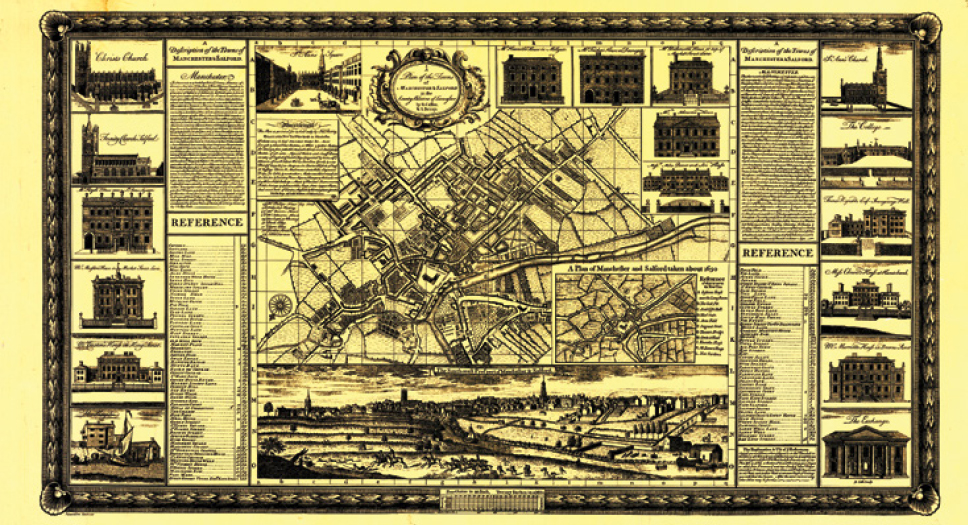
Russel Casson & John Berry, A Plan of the Towns of Manchester and Salford in the County Palatine of Lancaster, about 1750, showing a detail of Toad Lane where Ann Lee grew up.
It was clear that Ann was different from the rest of the group: her visions and charismatic presence set her apart. In 1770, she found the spiritual answer she had been seeking for so longshe had a revelation that her childrens deaths were the result of the unclean union with her husband. She understood from these visions that the root of all sin began with Adam and Eve in the Garden of Eden. Their fall from grace condemned all of humanity to a life of sin. Therefore, the only way to regain an unblemished state was to practice celibacy, and refrain from all carnal knowledge. She believed that only by releasing ourselves from the attachments of this world, could we truly find a pure relationship with God.
Armed with this new understanding, Ann became the leader of the Wardley Society, and soon became known to all as Mother Ann. Although her influence is wide reaching, even today no known image of Mother Ann exists, although a follower, Polly Collins, created a likeness of her in a gift drawing (an image received in a vision). A physical description of Mother Ann was written long after her death by Rufus Bishop and Seth Youngs Wells, editors and compilers of the 1816 Testimonies, and provides some insight into her appearance:
This image, titled The Whirling Gift, illustrates early Shaker laboring or dancing. Believers would spin in a frenzy, and then fall prostrate to the floor in exhaustion.
M OTHER ANN LEE was a woman, in nature, of a strong constitution, rather exceeding the ordinary size of women; very straight and well proportioned in form, or rather thick; of a light complexion, and blue eyes; her hair of a light chestnut brown. In appearance, she was very majestic, and her countenance was such as inspired confidence and respect; and by many of the world, who saw her, without prejudice, she was called beautiful. To her faithful children, she appeared to possess a degree of dignified beauty and heavenly love transcending that of mortals.
Dissenting religious sects were persecuted in Manchester, and the early Shakers did not escape this fate. Members were often chased through the streets and thrown in jail. Mother Ann and her followers were imprisoned and beaten for interrupting church services and preaching publicly about their new and seemingly strange religion.
After 1770, James Whittaker, a follower of Mother Ann, had his own personal vision: it was America. In Ann Lee, A Biography by Frederick W. Evans, Whittaker wrote, I saw a large tree, every leaf of which shone with such brightness as made it appear like a burning torch, representing the Church of Christ which will yet be established in this land.
This detail from An Emblem of the Heavenly Sphere, by Polly Collins in 1854, is one of the only known depictions of Mother Ann Lee.
Soon after James Whittaker recounted his vision to the group, Mother Ann and eight followers sailed for the United States. It was known to be a land of religious freedom and opportunity. Their ship, the Mariah, cleared customs in New York on August 5, 1774 and the group disembarked on August 6. They found odd jobs in the city to support themselves. One of the Believers journeyed north up the Hudson River to Niskayuna, located northwest of Albany, New York. Here, the group was able to lease property from the Dutch patroon Kiliaen van Rensselaer, who owned large parcels of land.
Hannah Cohoon,The Tree of Light or Blazing Tree,1845. This gift drawing, made at Hancock, Massachusetts, may represent James Whittakers vision that encouraged the Shakers to travel to America.
John Montresor, Map of the Province of New York, 1775. This map depicts the state of New York after the Shakers arrived in America. It also details the Manor of Rensselaerswyck, where the Shakers leased land that was soon to become Watervliet.
Niskayuna became known as Watervliet and was established as the first Shaker settlement in America. Mother Ann was able to join the small group that had assembled there by the winter of 1776. The Shakers kept to themselves during their early years in America, as the Revolutionary War played out around them. Hardship continued to follow the group, even in this promised land. Their living conditions were poor, and the Believers were crowded into a small house and sometimes went without proper sustenance. The land they leased was mostly swamps, and converting it to farmland was difficult work. They were often suspected of being British spies or sympathizers, and Mother Ann was jailed in Albany along with some of her followers for preaching pacifism. To outsiders, this strange new religious community who separated themselves from the world and followed a female leader was cause for concern during a time of social and political upheaval in the British colonies.

